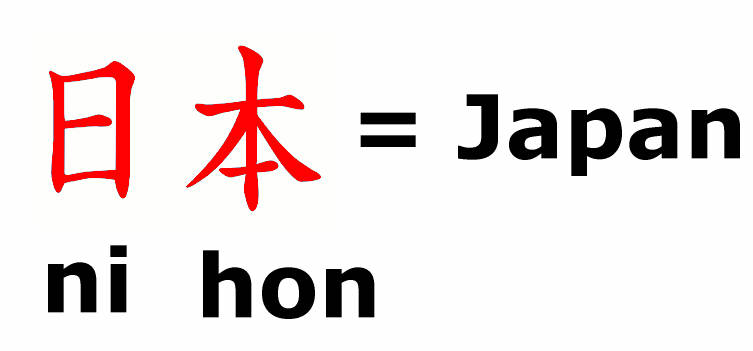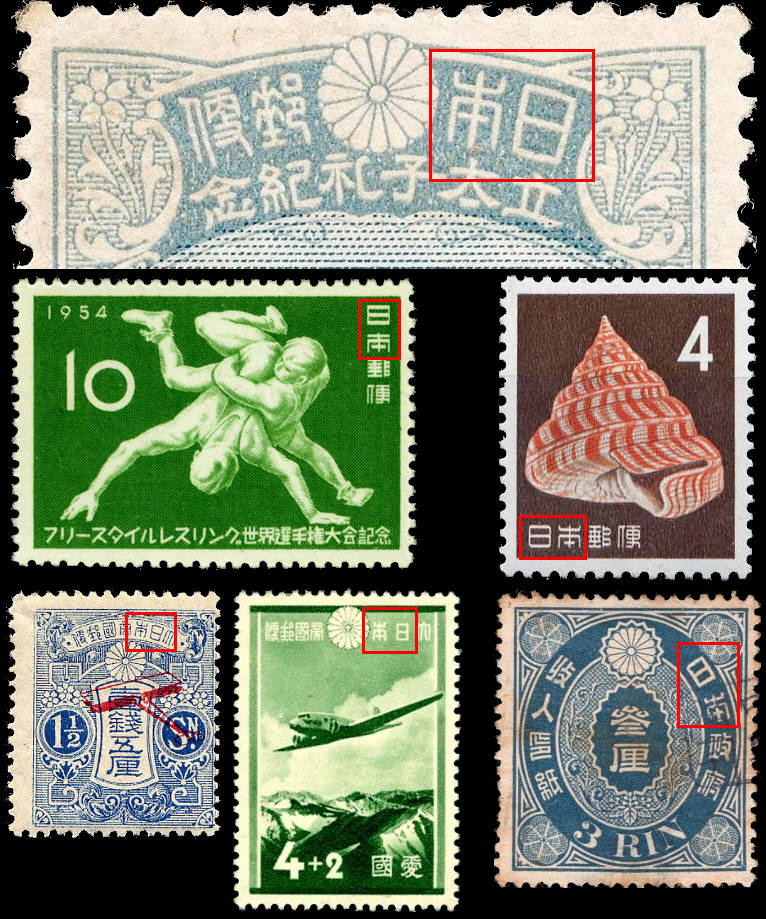How to Easily Identify Early Japanese Stamps
Lets face it, most collectors in USA, Canada and most westerner’s in general, have a difficult time identifying Asian stamps (whether they are from China, Taiwan, PRC, Japan, Ryukyus etc.).
Today I will show you how to identify the early Japanese stamps. I have used this method for many years and it works extremely well.
First, some history and basics. Today, Japan in Japanese is Nihon. Nippon is also correct but more formal or for Official Purposes.
Nippon has been used since the 7th century. After World War II ended, it became Nihon.
Prior to the end of WWII, Japan was called Dai Nippon Teikoku, which translates to ‘ Greater Empire of Japan ‘.
The Japanese Alphabet:
The Japanese alphabet is not really an alphabet like most western languages in use today. Japan writing uses syllabary: each Japanese symbol represents one syllable

The first symbol represents ni & the second is hon so the two together gives us Nihon which is Japan.
The first symbol 日 means Sun & the second 本 refers to Origin, sometimes translated to Land of the Rising Sun.
When identifying early Japanese stamps that have no English characters on them, look for those two characters and you will have an easy way to identify them as Japanese.
Look at the stamps below carefully & you will see these two symbols in each stamp.

Another useful identifier of Japanese stamps is their currency : Sen or Rin. Today, most stamps of Japan have NIPPON written on them. Some early Japanese stamps also had ‘Imperial Japanese Post’ on them, making them easy to identify.
But the older ones use the kanji symbols as I have shown you above.
Note: if I have made any errors in the history, please do let me know & I will correct them.